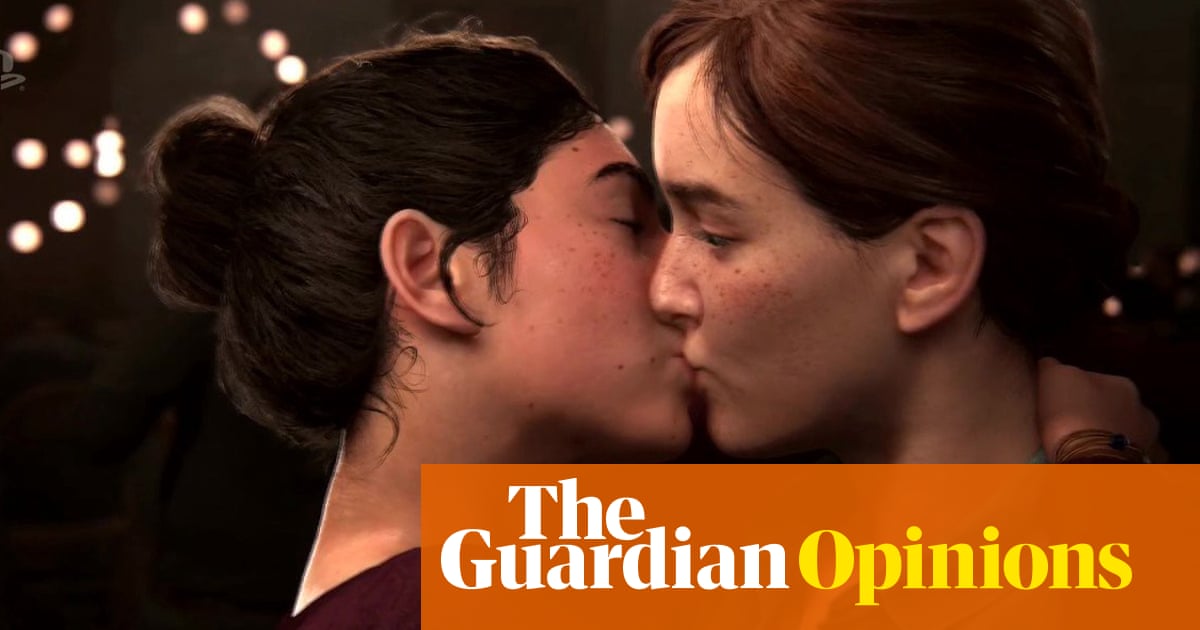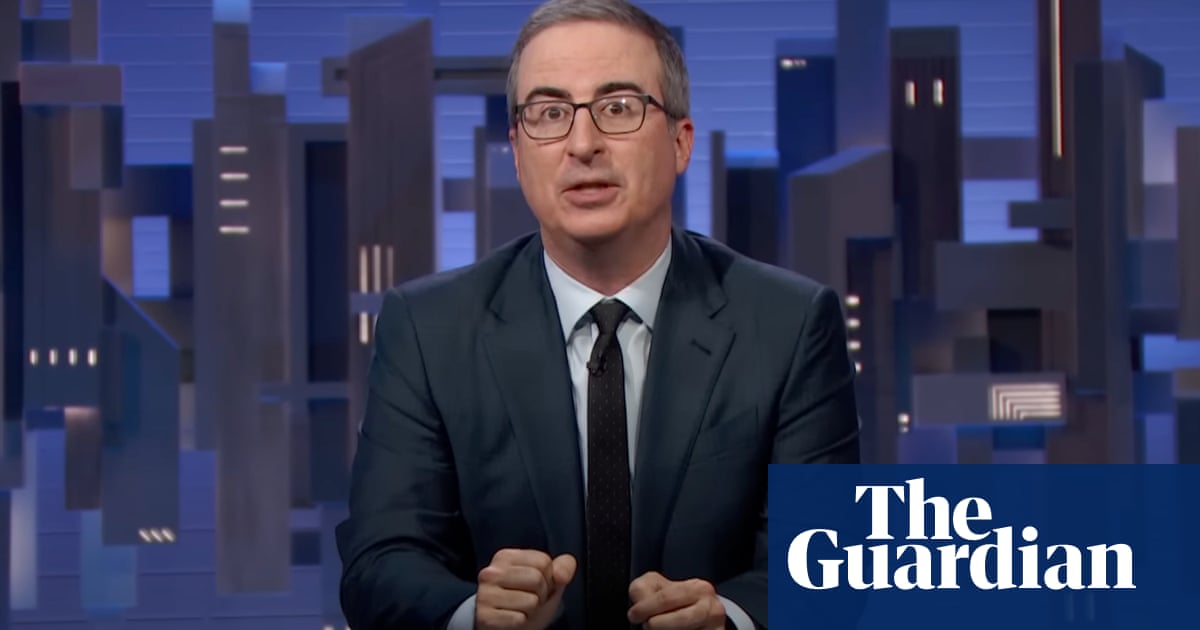
Ionly watched Heartstopper, the lovely Netflix series about a teenage boy’s crush on a male classmate that grows into something more, because I was reviewing it. I suspect that I might have otherwise assumed the series was for teenagers and skipped past.
In the end, I was very glad I didn’t skip it – it is irresistibly sweet and sincere – but I did wonder, at the time, who the audience would be. Alice Oseman adapted it from her own series of YA graphic novels, which are hugely popular. But would teenagers watch something so wholesome? Would adults watch something so youthful?
Netflix is famously coy about who watches what so this is purely anecdotal, but over the last couple of weeks I have been surprised at how many of my fully grown adult friends have mentioned Heartstopper. Perhaps it shouldn’t have been such a shock. For years, adults have tentatively admitted to reading YA or even children’s fiction – one study, from 2012, found that 55% of YA fiction readers were over 18 – and there have always been adult editions of His Dark Materials and Harry Potter, for example, with more muted jackets. (I loved His Dark Materials so much that I named my dog after one of its characters, so I hold my own hand up to that one.)
The reactions have broadly appeared along two lines. One is that older LGBTQ+ viewers are so glad that it exists at all, for the generations that have come after them. To see something so honest about teenagers figuring out who they fancy, and what that means for them, is such a relief. If it helps even a handful of kids not to hate themselves for who they are, then it is a marvel.
But there is a kind of sadness that we didn’t have that experience as teenagers. “Can you imagine that being on TV when we were younger?” is what I keep hearing, the gratitude ever so slightly tinged with grief for what we did not have. These days, there are more queer characters on screen than I can recall, but many millennials were starved of “representation”, the idea that it matters for viewers to see characters who might be going through what they were going through.
Plenty of us recall watching terrible films or TV shows in the hope that there would be even a hint of gay subtext, only to be disappointed in the end. How amazing, then, that Heartstopper exists, and so casually, too. Can you imagine?
Kate Middleton: what will she make of her TV portrayal?
The Crown is finally catching up with itself. According to Variety, the royal melodrama has put out a casting call for a young Kate Middleton, who will appear in season six. “This is a good role in this award-winning drama and we are looking for a strong physical resemblance,” it said, which does feel like the bare minimum. Mind you, anyone who caught the 2011 TV film William & Kate will be aware that the bare minimum should do it.
The fact that they are casting a Middleton means it is getting within touching distance of the present day. Looking at the young Queen’s life had the imperial remove of a period drama, but the closer it gets to events that practically happened last week (if there’s a casting call for Emily Maitlis, then you know it’s getting real), the more strange it all starts to feel. It could embrace that, of course. I would watch an episode of The Crown that saw the current royals watching their younger selves on The Crown; it would be like an upper-crust Gogglebox with a Being John Malkovich twist.
The problem it might run into is that people are less forgiving of interpretations of real events when such events are so fresh in the mind. Last week, Viola Davis defended herself against criticisms of her portrayal of Michelle Obama in the US series The First Lady, while also acknowledging that it was “almost impossible” to play someone so familiar. TV drama is in love with telling true stories right now, but it might find more freedom in making things up again.
Margot Robbie: she really is a walking, talking living doll
The biggest news to emerge from this year’s CinemaCon was either the return of Top Gun (quite good, apparently) or Olivia Wilde being served legal papers while on stage, which appeared deeply unpleasant and awkward. But the most peculiar news was the confirmation that Hollywood’s oddest-sounding feature film is real and not a figment of fevered imaginations. It feels as if it has been in the works for years, but we finally got a first-look picture of Margot Robbie as Barbie, yes, that Barbie, in the movie that is also called Barbie and news that it will be released in cinemas next year.
The picture shows Robbie driving a pink convertible car, so she is sitting down, but even so, it looks as if she is in fact able to walk without her disproportionately tiny bones collapsing under the pressure of standing up, which, in some previous iterations of the doll, did look doubtful.
Barbie is directed by arthouse darling Greta Gerwig and co-written by Gerwig and Marriage Story’s Noah Baumbach, neither of whom is known for their saccharine streak. I am sort of thrilled by the fact that it is completely impossible to imagine what it is going to be like.
Rebecca Nicholson is an Observer columnist












